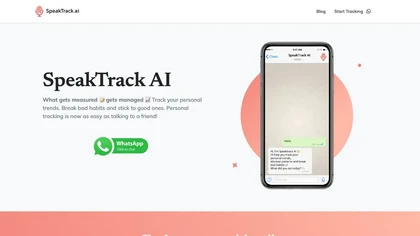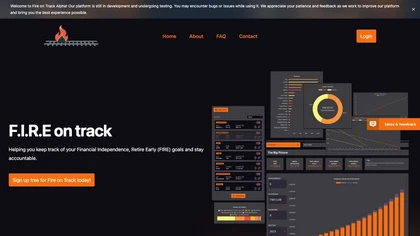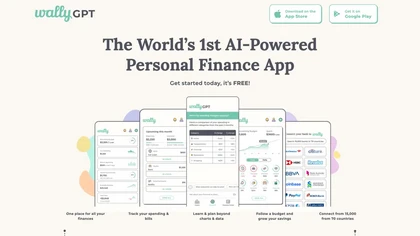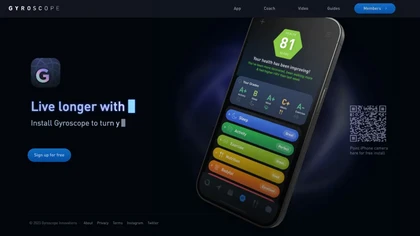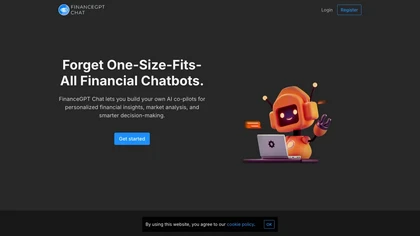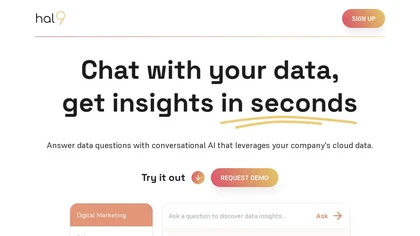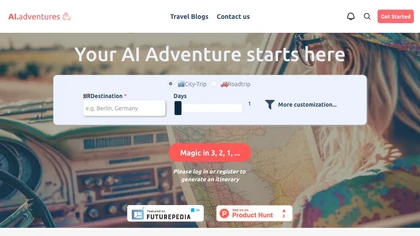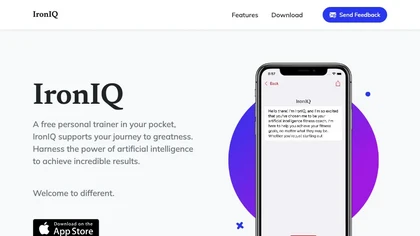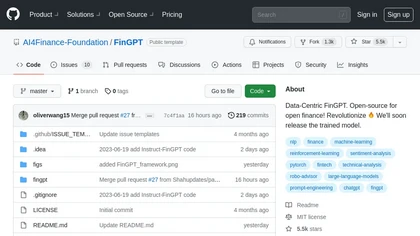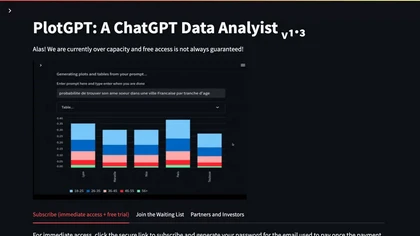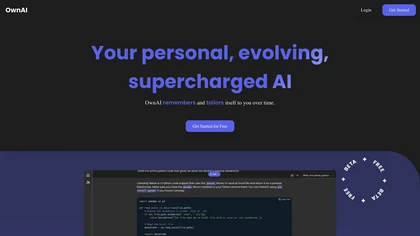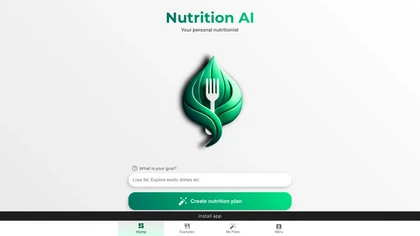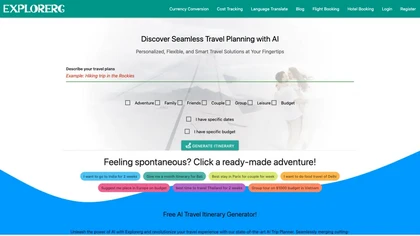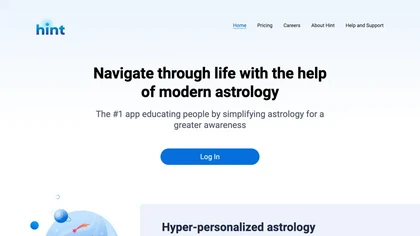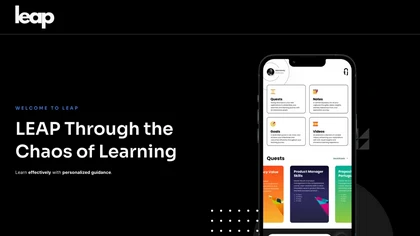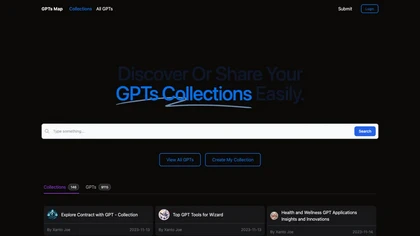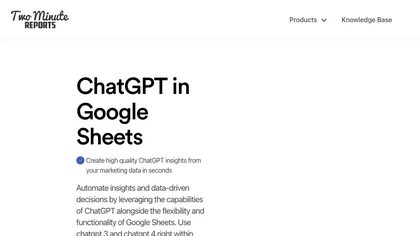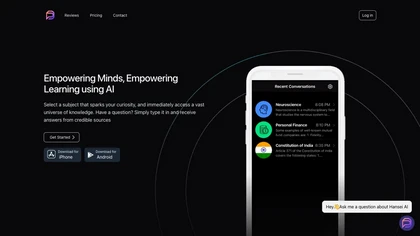AI use cases for Data analysis
Generative AI can be applied in various applications for data analysis. Here are some examples to explore below for inspiration with AI tools to get you started with using AI in data analysis.
🛠️ 70 AI tools for Data analysis
Explore a dynamic list of some of the most popular tools to get you started with various AI use cases and applications for Data analysis to streamline your workflows and productivity today.
Monarch money features
- Net worth syncing
- Budgeting
- Recurring investments
- Spending insights
- Collaborative solutions
Well Me Right features
- AI matching and Health Coach capabilities
- Personalized coaching
- Dietary tracking, nutritional guidance
- Guided meditation sessions
- Adaptive health partner
Tendi features
- AI-powered personal financial advisor
- Assists in setting financial goals, planning, budgeting, and achieving milestones
- Analyzes spending, saving, and investing behaviors
- Provides actionable insights and personalized financial advice
- Ensures data security through advanced encryption and strict privacy protocols
Mint features
- Financial transaction tracking
- Account linking with over 17,000 financial institutions
- Categorization of transactions
- Insights on monthly spending habits
- Expense tracking and analysis
Lifesage features
- Health
- Wealth
- Wisdom
- Personal development
- Self-improvement
Cleo features
- Budgeting assistance
- Cash flow tracking
- AI-powered features
- Secure platform with encryption
- Financial decision insights
Speaktrackai features
- Voice message input for tracking various aspects of daily life
- Privacy focus with no data selling or targeted ads usage
- No app installation or sign-up required
- Actionable insights for informed decision-making
- Convenience and intelligence through AI-powered tracking and analysis
🔥
Create your account, save tools & get personal recommendations
Receive a weekly digest of our handpicked top tools.
Unsubscribe anytime
Qashboard features
- Financial data analysis
- Automated transaction tracking
- Conversational AI interface
- Secure data storage control
- Finance-related Q&A feature
F.I.R.E on track features
- AI-powered financial assistant
- Personalized recommendations based on goals
- Real-time financial assistance
- Income, expenses, and savings tracking
- Goal reminders and progress tracking
neonFin features
- AI-powered receipt scanning
- Engaging points system for gamifying budgeting
- Real-time insights into spending habits
- Lifestyle budget creation
- CO2 emissions tracking
SmartLifeSkills
4.8SmartLifeSkills features
- Interactive platform with AI chatbots
- Multilingual lessons with authentic accents
- Adjustable playback speed
- Advanced text-to-speech technology
- Custom quiz generator
Wally.me features
- Expense tracking
- Bill monitoring
- Budget management
- Financial insights and guidance
- Personalized Q&A with WallyGPT
Gyroscope features
- Personalized guidance
- Video guides
- Tracking tools
- Insights through reports
- Custom workouts
FinanceGPT Chat features
- Build custom AI co-pilots
- Semantic search for understanding
- Document upload for tailored answers
- Data source connectivity
- Personalized financial insights
Food Shell AI features
- nutrition information analysis based meal photos
- calories tracking
- personalized recommendations
- photo food logging
- OpenAI GPT-vision technology
Moments features
- Task Prioritization
- Events and Reminders
- AI Messages Composer
MealMate
5MealMate features
- Plan meals
- Tailor dietary preferences
- Consider budget
- Adjust for time constraints
Augment AI features
- Keep track of scattered digital life
- Learns and accesses data from various apps
- Automatically saves and summarizes important information
- Creates personalized content
- Anticipates and completes sentences
Socra features
- Goal setting
- Assistance
- Achievement
Hal9
5Hal9 features
- Data-driven decision making
- Facilitates communication with cloud data
- Integration with existing systems
- Empowers business users to access insights independently
- Real-time data processing and analysis
PlanTripAI features
- Trip planning
- Customized itinerary
- Personalized travel
- Generate based on interests
- Budget
EpicTopia AI features
- Life journey tracking
- AI-generated insights
- Tailored action plans
- Personalized chronicle on a timeline
- Detailed guidance
Travelities features
- Trip planning
- Personalized recommendations
- Travel deals
- Place recommendations
- Things to do
Lebenmaster features
- 3-step process for goal forecasting
- Daily progress logs
- Task management functionality
- Brainstats feature
- Support for executing tasks faster and efficiently
Talkface features
- 1-on-1 tutoring
- Personalized curriculum
- Language learning
- Fun and engaging
- Affordable solutions
- Eliminates need for unreliable tutors
- Available on android and ios devices
FoodZilla.io features
- Recipe builder
- Meal planning system
- Nutrition reports
- Mobile app
- Secure messaging
Bettertravel features
- Generate personalized travel recommendations
- Customize itineraries based on user preferences and interests
- Assist with travel planning without extensive research
- Easily input budget and travel plans
- Provide tailored recommendations for a more enjoyable trip
Summer AI features
- Ai gps technology
- Personalized experience
- Walking and driving navigation
- Augmented reality discoveries
- Visually enhanced journey
Todobot
4.8Todobot features
- Virtual coach
- Ai task breakdown
- Personalized coaching system
MyFit AI features
- Program generation
- Meal plan generation
- Saving programs
- Input personal data
MealPlanner features
- Personalized meal planning
- Tailored meal plans based on dietary restrictions
- Customized meal plans based on personal taste and preference
- In-app shopping list feature
- Step-by-step cooking instructions
Insightful features
- Provide personalized on-demand coaching
- Focus on specific needs
- Available anytime, anywhere
- Blog with latest insights on living a fulfilling life
- Accountability coaching to help young professionals reach full potential
GPTs Gallery features
- Access to specialized GPT modules
- Culinary Companion for cooking inspiration
- Weekly Wisdom for daily motivation
- Parenting Ally for valuable parenting tips
- Codemaster for learning coding effortlessly
Genius Sheets features
- Generate reports
- Answer questions
- Query data from various sources
- Analyze live data
- Provide instant responses
Nomadspot features
- Trip organization
- Create travel itinerary
- Personal map sharing
- Community sharing
- Ai-powered planner
AI Meal Planner features
- Generates personalized meal and workout plans
- Includes fitness chatbot support
- Provides recipes
- Tailored to user's goals and needs
- Pricing options available
BodyGuru features
- Personalized wellness routines generation
- Tailored recommendations
- Free platform
- Upcoming features integration
- Developed by JBBAE
Kin AI
5Kin AI features
- Personalized Support
- Long Term Memory Capabilities
- Privacy Respecting
- Proactive Engagement
Selftalk.ing
4.9Selftalk.ing features
- Unlimited conversations with future self
- Quick chat interface
- Email reminders
- Personalized advice and motivation
- Access to past conversations
AI adventures
1.8AI adventures features
- Generate personalized travel plans
- Offer options for city trips, road trips, and custom itineraries
- Use openai's gpt4 model
- Interactive travel blogs
Local Buddy features
- AI-powered travel planner
- Provides personalized recommendations
- Offers unique places to eat, landmarks to explore, and immersive activities
- Integrates with Google Maps for step-by-step directions
- Available on Android and iOS
Finalle features
- Twitter analysis
- Reddit analysis
- News analysis
- Blog post analysis
- Market insights
FinCheck by Trezy features
- Financial health assessment
- Annual statements analysis
- Multilingual reports
- Privacy control
- Security features
Mymealplan features
- Generates personalized meal plans
- Curates a list of the best recipes from the web
- Easy-to-use app
- Caters to various dietary preferences
- Provides grocery list for easy shopping
Centenarian features
- Personalized sleep coaching
- One-on-one chat with ai sleep coach supercentenarian
- Track biometrics, environment, and progress
- Reminders and recommendations based on ai analysis of sleep data
IronIQ features
- Track progress
- Share workouts
- Celebrate achievements
Motiv8 features
- Goal breakdown into detailed task lists
- Browse trending ideas and ready-to-use task lists
- Seamless task management
- Personalized guidance and recommendations
- Data security and privacy measures
Shapemate features
- Workout tracking
- Calorie tracking
- Personalized recipe generation
- Personalized workout plan generation
- Nutritional information chat interface
Spur.fit features
- Workout planning
- Client management
- Customized workout plans
- Personalized meal plans
- AI copilot for tailored program recommendations
Workout Tools features
- Personalized workout sessions
- Tailored workout plans
- Adapts to available equipment
- Extensive database of exercises
- Customized training experience
Fortune features
- Automated transaction categorizations
- Detailed financial analytics
- Forecasting finances across various banks worldwide
- Real-time alerts for every transaction
- Advanced transaction search capabilities
FinGPT features
- Llm training
- Nlp finetuning
- Finance
PlotGPT
4.7PlotGPT features
- Generate infographics
- Provide investment ideas
- Present locations and travel choices
- Help with life decisions
THERAi features
- Memory system for learning from past interactions
- Free image generation feature using state-of-the-art technology
- Supercharged tools for web search
- Adaptive multi-modal communication (text, voice, interactive)
- Data security and privacy prioritization
NutritionAI features
- Customized nutrition plans creation
- Tailored meal plans examples
- Focus on privacy and user control
- Installation at home
- Platform login feature for support and queries
Explorerg - Discover features
- Personalized itineraries
- Custom-made recommendations
- Currency conversion
- Language translation
- Cost tracking
Roam Around features
- Travel planning
- Customized travel plans
- Pet-friendly itineraries
- Budget-friendly trips
- Honeymoon itineraries
- Family-friendly itineraries
Travelplan features
- Destination selection
- Itinerary generation
- Travel preferences customization
- Language preference selection
- Friends sharing
Zumma features
- Budget creation
- Income and expenses tracking
- Receipt scanning
- Community access for finance resources and tips
- Availability in select cities
Hint features
- Hyper-personalized astrology insights
- Combination of NASA data and professional astrologer knowledge
- 1-on-1 guidance from astrologers
- Access to unique insights and personalized recommendations
- Compatibility reports based on real-time planetary data
Leap Learning features
- Personalized guidance
- Comprehensive collection of video-based text-based formats
- Flexible content types for different learning preferences
- Subscription service with beta testing phase
- Focus on utility in various subjects like business strategy, management, finance, data science
Planit Earth features
- Generate personalized itineraries
- Cater to traveler's interests and budget
- Provide detailed itineraries
- Easily accessible through a link or pdf
BurnBacon features
- Workout plans
- Customized meal suggestions
- Motivational support
- Fitness guidance
- Data-driven solutions
GPTs Map features
- Explore GPT-5 collections
- Share GPT-5 collections
- Navigate through curated collections
- Discover applications and innovations
- Simplify the process of navigating GPT-5 tools
Wallet AI features
- Analyze financial behavior
- Make better financial decisions
- Monitor finances
- Quantify finances
- Empower users to make informed decisions
PandaChat features
- Secure upload of various types of data
- Instant interaction with data
- Intelligent responses to users' questions
- Integration with popular apps
- Building chatbots powered by ai
ChatGPT in Google Sheets features
- 1
- 2
- 3
- 4
- 5
BuyLensAI features
- Bookmarking products with one click
- Organizing finds into categories
- Insights into shopping expenses
- AI technology for accurate item detection
- Secure payment options via Stripe
Pocket Hansei features
- Personal assistant powered by AI
- Provides instant answers from trusted sources
- Offers language support
- Allows custom topic requests
- Combines openAI models with custom models






